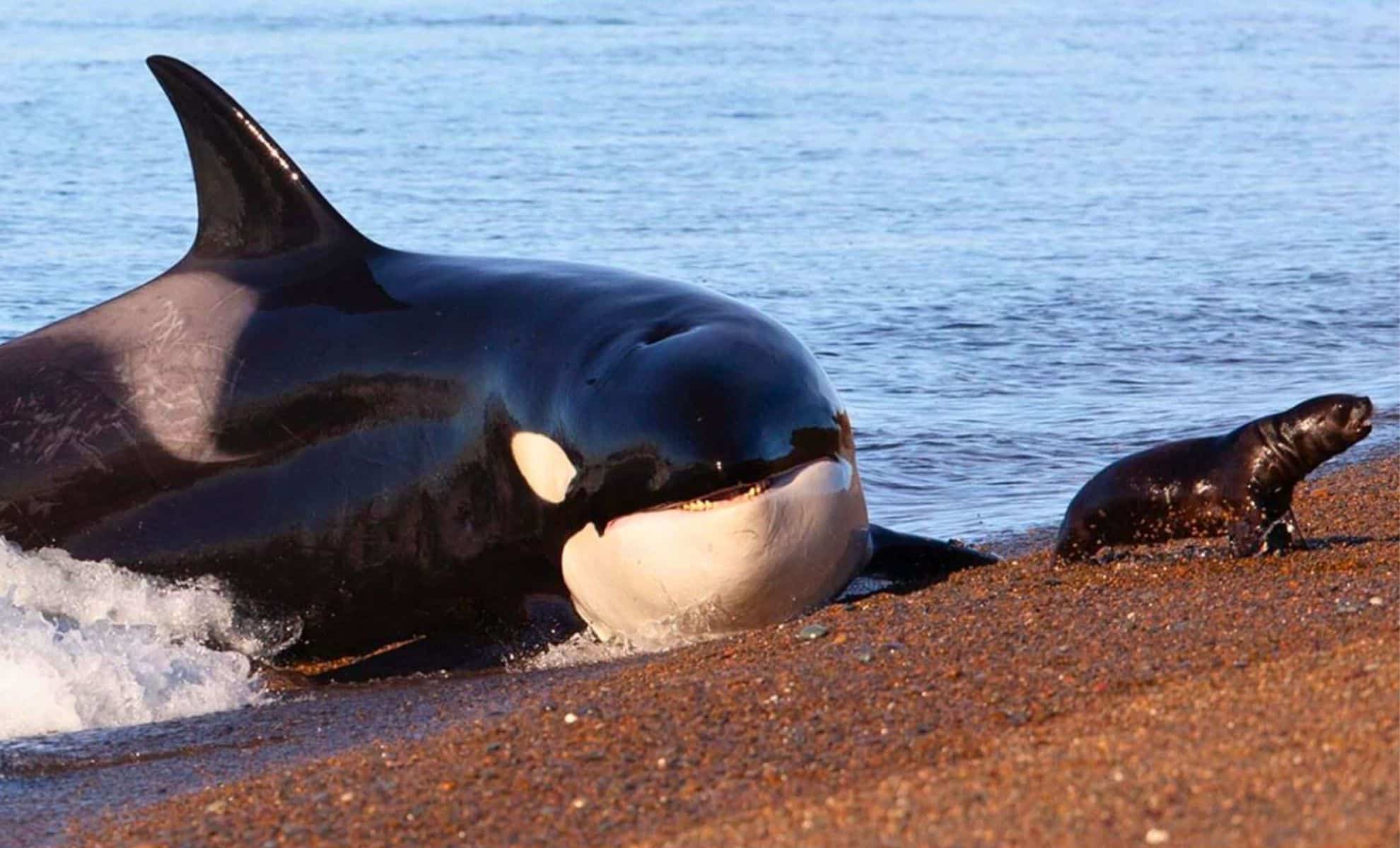
It’s Official: Dolphins and Orcas Have Passed the “Point of No Return” in Their Evolution to Live on Land Again
How did your country report this? Share your view in the comments.
Diverging Reports Breakdown
It’s Official: Dolphins and Orcas Have Passed the “Point of No Return” in Their Evolution to Live on Land Again
Dolphins and orcas are so thoroughly shaped by their aquatic environment that they can never re-evolve for life on land. Their specialized bodies, diets, and physiological systems have adapted so specifically to the ocean that returning to land is no longer an evolutionary option. Their success in the marine realm has come at the expense of flexibility, and their survival is now tied to the health of the oceans they inhabit. The researchers warn that such highly specialized traits reduce an animal’s ability to adjust to rapid environmental shifts. In the face of climate change and escalating ocean pollution, this rigidity could prove dangerous. The study urges renewed attention to the vulnerability of fully aquatic mammals. It was published in Proceedings of the Royal Society B, a journal of the University of Fribourg.
Published in Proceedings of the Royal Society B, the study argues that dolphins and orcas are now so thoroughly shaped by their aquatic environment that they can never re-evolve for life on land. This evolutionary tipping point, once crossed, closes the path to terrestrial adaptation, leaving them biologically anchored to the ocean for good.
A One-Way Path From Land to Sea
Led by Bruna Farina, a doctoral candidate at the University of Fribourg in Switzerland, the research examined the evolutionary trajectories of more than 5,600 mammal species. Farina’s team categorized the animals along a continuum ranging from fully land-dwelling to fully aquatic. They discovered that once mammals make the full transition from semi-aquatic life to a completely marine existence, their adaptations become irreversible.
This phenomenon fits within a long-standing concept in evolutionary biology known as Dollo’s law, which holds that once complex traits are lost through evolution, they rarely reappear. The study found that in the case of dolphins and orcas, “a crucial tipping point” has been crossed. Their specialized bodies, diets, and physiological systems have adapted so specifically to the ocean that returning to land is no longer an evolutionary option.
Tiktaalik roseae model, an ancestor of tetrapods that is thought to have started to make the transition from sea to land 375 million years ago. Credit: Wikipedia/Harvard Museum of Natural History
The Body Changes That Sealed Their Fate
Over time, dolphins and orcas developed features tailored for marine survival. Their bodies became larger to better conserve heat in cold water. They shifted to a carnivorous diet that supports their elevated metabolic needs. Their limbs evolved into flippers, and their tails transformed into muscular propulsion systems. Even their reproductive systems adjusted to accommodate aquatic birth.
These changes were not minor. The animals’ entire anatomies were reshaped for a life spent swimming, diving, and hunting in open waters. Every major system in their bodies—respiratory, muscular, skeletal, and reproductive—has been refined for one specific environment. Farina’s study makes clear that these changes are not easily undone.
Specialization Comes at a Cost
While these adaptations have allowed dolphins and orcas to dominate the ocean as top predators, they have also left them exposed. The researchers warn that such highly specialized traits reduce an animal’s ability to adjust to rapid environmental shifts. In the face of climate change and escalating ocean pollution, this rigidity could prove dangerous.
Farina and her team emphasize that these species are now “trapped in their watery ways.” Their success in the marine realm has come at the expense of flexibility. If oceanic conditions deteriorate beyond their biological limits, these animals have no evolutionary escape route. Their survival is now tied to the health of the oceans they inhabit.
A Fragile Future in an Unstable Habitat
As the ocean environment faces increasing disruption—from rising temperatures to acidification and declining prey populations—the study urges renewed attention to the vulnerability of fully aquatic mammals. Because their evolutionary path can’t be reversed, their only option is to adapt within the constraints of their current form.
For dolphins and orcas, the sea is no longer just home. It is a final destination.
